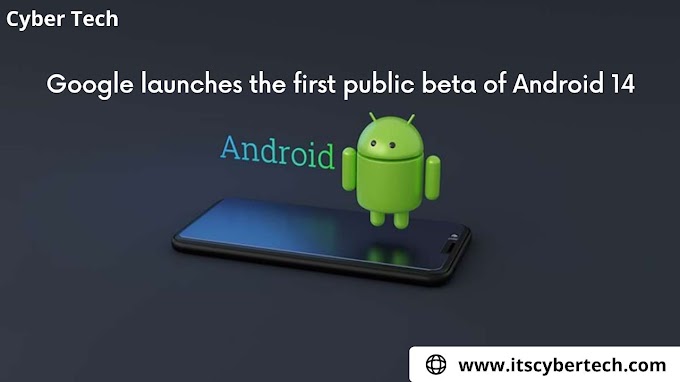Non-Fungible Tokens are
the current biggest trend in the cryptosphere. Everyone from celebrities to
respected companies is interested in starting their own NFTs. There are many
types of NFT, and some are worth more than others. Due to the current NFT gold
rush, businesses and individuals can make money in a variety of ways.
What are NFTs?
A non-fungible token is
a piece of cryptographic token found on a blockchain. It contains real-world
items such as artwork, music, and real estate, but it's a virtual world. In
contrast to cryptocurrencies, NFTs can't be traded or exchanged.
For example, imagine a
card collection or a rare coin collection. NFTs introduce scarcity among
otherwise infinitely available assets. They are typically used to trade digital
items such as tweets, artwork, gaming skins, and virtual real estate.
Below are the points that demonstrate How to Make Money with NFT
1. Digital Works of Art
In terms of
profitability, NFT artwork is by far the most valuable Non-Fungible Token.
Blockchain technology and art history changed on March 11th. Christie's, one of
the leading auction houses globally, sold an NFT piece for $69 million. It was
Christie's first auction of a fully digital work.
The digital artwork
titled "Everydays: The First 5000 Days" was created by digital artist
Mike Winkelmann, aka Beeple. Beeple drew the NFT every day over eight years,
not a single artwork but a collage of 5000 tokenized images. Others believe
that selling millions of dollars worth of links is nothing more than money
laundering, but there are still those who assert that it's a revolution in art.
Beeple's NFT might soon break the record. After all, Beeple was previously an
unknown artist. Certainly a Banksy auction of NFT art would fetch much more
than $69 million.
Read More - Top 10 Money Earning Apps Without Investment: You Need To Download Now.
1. 2. Licensed Collectibles
This application of
Non-Fungible Tokens seems like the most logical and obvious one. In the same
way that brands previously sold physical collectibles such as trading cards,
they can also sell the same thing digitally. NFTs have a provable rarity, so
the price of a digital trading card can be extremely high compared to its
physical counterpart.
In the past, sports
cards have been by far the most popular license NFT collectible. People were
able to trade football cards with the first NFT sports cards project, but now
the NBA has launched its NFT collection. Other sports organizations will likely
follow soon, and collectors will also be able to purchase NFT cards from
baseball and hockey organizations. A sports card is only one example of what
NFTs are capable of. Tokens made from physical collectibles are also
Non-Fungible. NFTs reside on the blockchain, and they won't degrade in quality
over time like physical cards.
1. 3. NFT Video Games
The NFT-based video
games have the potential to be the future of NFTs. So far, none of the games
utilizing Non-Fungible Tokens have been quite popular, but the application of
NFTs to video games seems incredibly promising.
Virtual items already fetch high prices in video games. The markets for World of Warcraft gold, Call of Duty loot boxes, and Counter Strike skins are already worth billions. The impact of selling in-game items as NFTs on both the gaming and blockchain eco-systems could prove valuable if any major video game company decides to do so.
Furthermore, NFT video
game developers are among the most ambitious creators of Non-Fungible Tokens,
and the use of NFT in-game items might accelerate advancement of Non-Fungible
Technology.
NFTs in games are far
and away the most advanced compared to simple digital trading cards, and even
more interactive NFTs
like virtual works of art. Video games can employ non-fungible tokens that are
incredibly complex, interactive, and they can change over time, for example, by
being upgraded or by leveling up along with the player's character.
.png)



